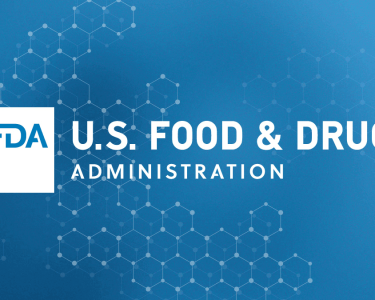
The major isolated ingredient of “CB9” was identified as [2-(E)-propen-1-yl]-Δ8-tetrahydrocannabinol-acetate of “tresconol” as [2-propen-2-yl]-Δ9-tetrahydrocannabinol and of “CBx” as [2-propen-2-yl]-Δ8-tetrahydrocannabinol. These compounds have no available spectroscopic or chromatographic data and have never been identified in Cannabis plants, and their presence requires careful monitoring to prevent future health crises.
ABSTRACT
Synthetic cannabinoids, known as Spice or K2, emerged in Europe and the United States between 2005 and 2008, peaking in incidents by 2015 with severe health implications. In 2021, the identification of hexahydrocannabinol (HHC), a semisynthetic cannabinoid (SSC), led to regulatory control in more than 20 countries in Europe, several US states, and other jurisdictions. A 2024 study in the United States highlighted the diversity of semisynthetic cannabinoids in the US market. New entries of SSCs are increasingly available in the European market, often found as blends in consumer products. This highlights the growing complexity of their regulation and the potential public health risks due to limited toxicological data. The major ingredients, isolated from “CB9”, “tresconol”, and “CBx”, were subjected to mass spectrometry (MS) and nuclear magnetic resonance (NMR) spectroscopy. The major isolated ingredient of “CB9” was identified as [2-(E)-propen-1-yl]-Δ8-tetrahydrocannabinol-acetate. The major ingredient of “tresconol” was identified as [2-propen-2-yl]-Δ9-tetrahydrocannabinol, and the major ingredient of “CBx” was identified as [2-propen-2-yl]-Δ8-tetrahydrocannabinol. These compounds have no available spectroscopic or chromatographic data, have never been identified in Cannabis plants, and cannot be identified by standard chromatographic forensic analytical methods, without the use of spectroscopic techniques due to the lack of reference standards. The products were complex mixtures of previously unknown synthetic cannabinoids lacking established safety profiles. These findings highlight the potential public health risks associated with unregulated SSCs, similar to the concerns raised during the 2015 Spice outbreak. The presence of these novel substances requires careful monitoring to prevent future health crises.



